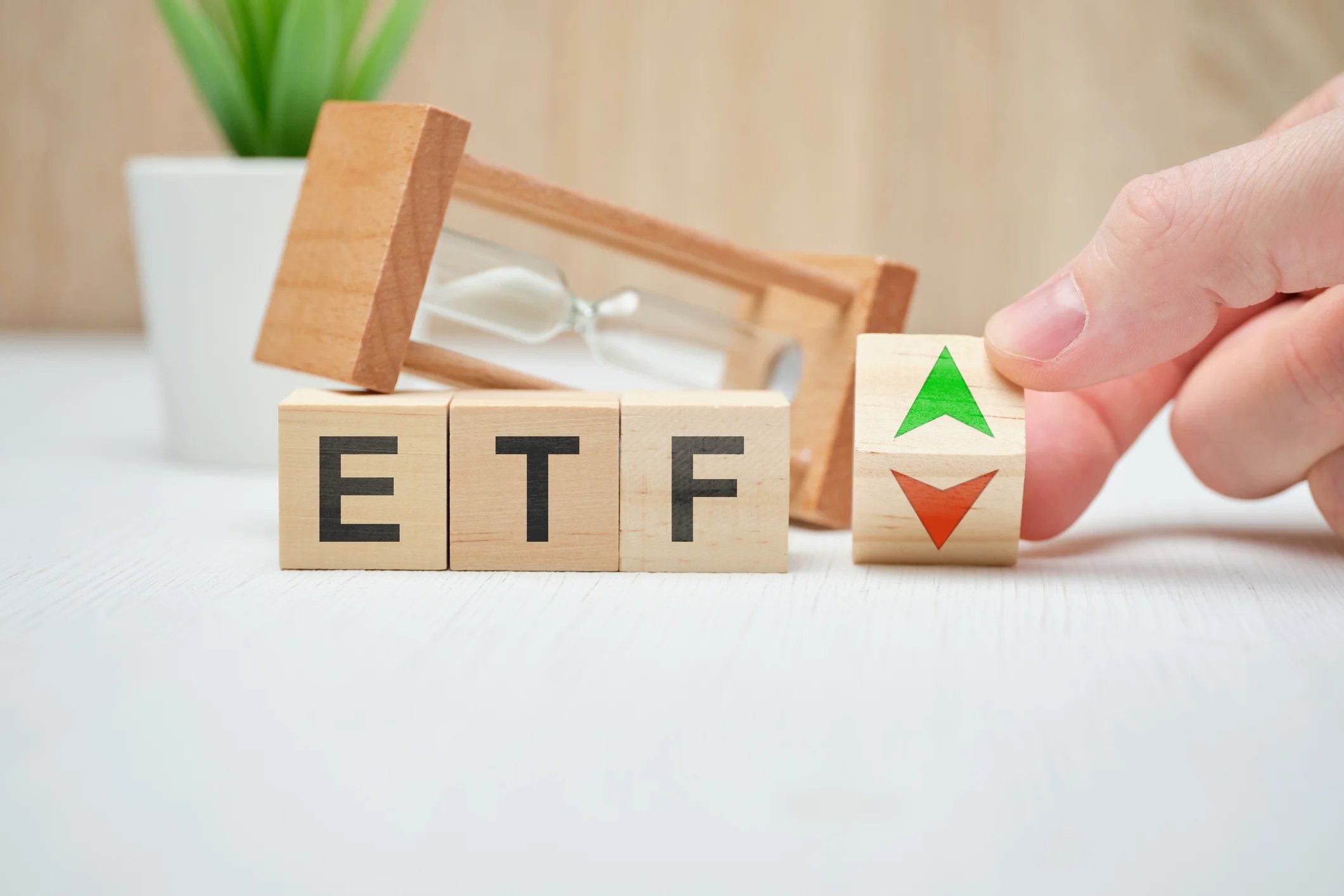Last month, the Federal Reserve cut interest rates for the first time in nine months. With softness permeating the jobs market, the consensus on Wall Street indicates the central bank may be backed into a corner and will need to ease rates further. In fact, Goldman Sachs forecasts two more rate cuts before the end of this year and another pair over the course of 2026.
And interest rates are what make the JPMorgan Equity Premium Income ETF (JEPI +0.07%) an interesting near- and long-term bet for income-hungry investors.
The details matter in a fluid interest rate environment
Home to nearly $41 billion in assets under management, the JPMorgan Equity Premium Income ETF is a great example of a fund with a name that can deceive inexperienced investors, though not intentionally. Newer market participants see "equity premium income" in the title and may assume the ETF leans heavily into high-dividend stocks, such as real estate investment trusts (REITs) and utilities.

This income ETF is a name to own in October. Image source: Getty Images.
That would make it an ideal play on declining interest rates because many high-dividend sectors are rate-sensitive, meaning those groups are positively correlated to dovish Fed moves. However, that's not the lay of the land with this ETF.
Yes, the Equity Premium Income ETF holds stocks (a portfolio described as "defensive" by the issuer), but the bulk of the income stream is from writing out-of-the-money S&P 500 index call options. In essence, it's a covered call ETF. Hence its trailing-12-month dividend yield of 8.32% that topples other asset classes known for income, including even junk bonds and REITs.
So why could this ETF be an incredible idea for income investors in today's interest rate climate? The answer is easy. It boils down to the concept of uncorrelated income, meaning the fund's ability to deliver tidy income to investors is not dependent on what the Fed is doing.
Imagine a scenario in which the economy sharply improves or the Fed says "no" to lowering rates because U.S. deficits are excessive. The ensuing disappointment won't pinch the Equity Premium Income ETF's income stream, and the downside protection that that income provides could be an added benefit if the S&P 500's bull market takes a pause.
A flood of new cash could seek out the ETF's perks
Working on the premise that the Fed will do as expected and continue lowering rates, the Equity Premium Income ETF could be a compelling near-term idea for another reason. When rates spiked in 2022 and 2023, skittish investors -- many previously engaged with fixed-income assets -- flocked to cash instruments like money market funds.
At the time, that was a smart move because high-yield savings accounts and money markets offered tantalizing yields with essentially no risk. But cash instruments are reminders that in investing, there's no such thing as a free lunch. Translation: When interest rates fall, so do the yields on cash instruments.

NYSEMKT: JEPI
Key Data Points
That's relevant in discussing the Equity Premium Income ETF because these days, there's north of $7 trillion residing in money markets and other cash positions, and those accounts will become less attractive amid the Fed easing rates. No, not all of that $7 trillion is going to depart for greener pastures, but some of it could find its way to the JPMorgan ETF as investors look for big yields as interest rates fall.
An ETF right for October, and maybe beyond
The next Fed meeting concludes on Oct. 29, and while that could be a market-moving event, the JPMorgan Equity Premium Income ETF is likely to go about its business with the same lunch-pail steadiness that investors are accustomed to. It's that steadiness combined with a commendable income stream that could make this ETF an October star -- and one that shines beyond this month.





